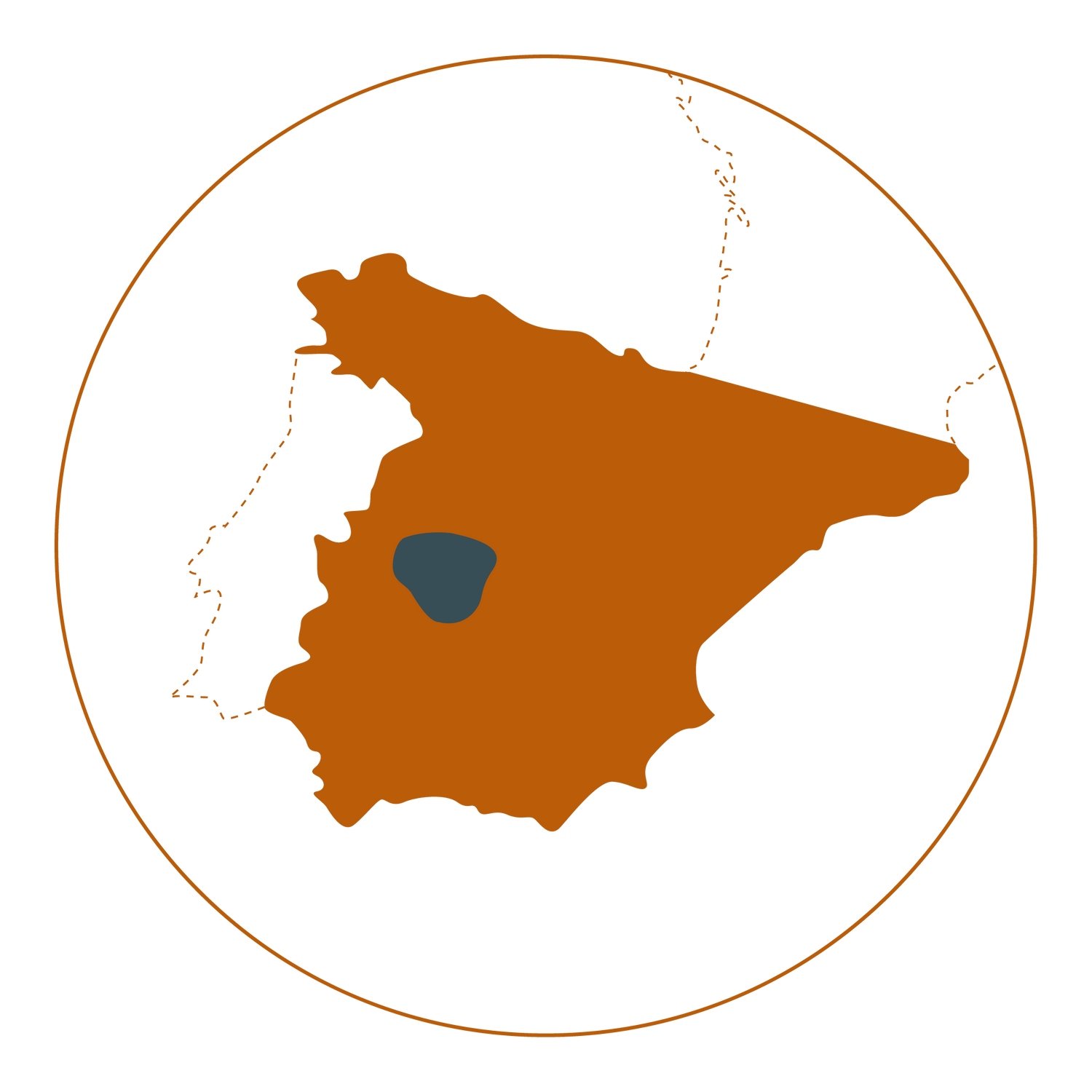Whole Segovian Suckling Pig | ±4-5kg
- Regular price
-
£159.00 - Regular price
-
£159.00 - Sale price
-
£159.00
Couldn't load pickup availability
-

-

-
FROZEN
-

FROZEN
Product Description
- Certified Segovian Suckling Pig
- Raised in Segovia, Spain
- ±4-5kg
- Frozen
Whole Segovian Suckling Pig
Certified Segovian suckling pig is renowned for its exquisite tenderness and delicate flavor, originating from Segovia, Spain. This specialty dish is prepared from young pigs, typically between 3 to 6 weeks old, ensuring succulent meat with a crispy, golden skin. To prepare Segovian suckling pig, ensure the skin is dry before roasting to achieve a crispy texture. Season generously with coarse salt and roast at high heat initially to crisp the skin, then lower the temperature for even cooking, ensuring the meat remains tender and flavourful. Serve with traditional accompaniments like roasted vegetables or potatoes for a classic Spanish dining experience.
How to prepare your suckling pig
Whole Suckling Pig Recipe
Ingredients:
• 1 whole suckling pig
• Coarse salt
• Olive oil or melted butter
• Herbs (optional: thyme, rosemary)
• Garlic cloves (optional)
• Water
Steps:
1. Preheat the Oven: Set the oven to 160°C.
2. Season the Pig: Rub the inside and outside with coarse salt. If desired, add crushed garlic and herbs for extra flavour.
3. Prepare the Pig: Place the pig on a roasting rack in a large roasting tray. Brush the skin lightly with olive oil or melted butter to aid crisping. Pour about 1-2 cups of water into the tray to keep the meat moist.
4. Roast Slowly: Cook the pig for approximately 2.5 to 3 hours. Baste occasionally with the juices from the tray.
5. Crisp the Skin: Increase the oven temperature to 200°C. Roast for an additional 30-40 minutes until the skin is golden and crispy.
6. Rest & Serve: Let the pig rest for 10-15 minutes. Carve and serve warm.
This method ensures tender meat and perfectly crispy skin!
Delivery
SHIPPING RATES (UK mainland only excl. Highlands)
| Weekdays | FREE on orders over £60 (£5.95 on smaller orders) |
| Saturdays | FREE on orders over £80 (£9.95 on smaller orders) |
SHIPPING RATES (Scotland - Highlands)
Postcodes concerned: AB31 to AB56, HS, IV, KA27, KA28, KW, PA21 to PA50, PA60 to PA78, PA80, PH4 to PH44, PH49, PH50, ZE1 to ZE3
| Weekdays | FREE on orders over £80 (£13.15 on smaller orders) |
| Saturdays | FREE on orders over £80 (£13.15 on smaller orders) |
SHIPPING POLICY
Our delivery service covers all UK mainland addresses and is fully tracked using trusted couriers, namely Packfleet and DHL.
We aim to deliver all orders, excluding the Highlands (details above), via next-day service; however, please allow up to 48 hours when placing your order in case of any courier delays.
For Scotland (Highlands), we aim to deliver your orders via DHL 48 hours service.


Whole Segovian Suckling Pig | ±4-5kg
- Regular price
-
£159.00 - Regular price
-
£159.00 - Sale price
-
£159.00
SPAIN
The Iberian Peninsula of Spain, is a land of rich history and stunning natural beauty. Here, amidst rolling hills, ancient forests, and sun-drenched plains, lies the home of the renowned Iberico Pork. In the extensive oak forests, known as “dehesas”, the Pata Negra pigs are allowed to roam freely, feasting on acorns and other natural vegetation, which contributes to the unique flavour and marbling of the meat.

Thank you Marta for your 5 star review. Your picture shows indeed what looks to be a perfectly cooked piglet!
excellent quality meat, we really enjoyed it for xmas. thanks to the sales team who ensured prompt delivery a few days early..
I would submit a photo but we ate it too fast and noone remembered to take a snap!





